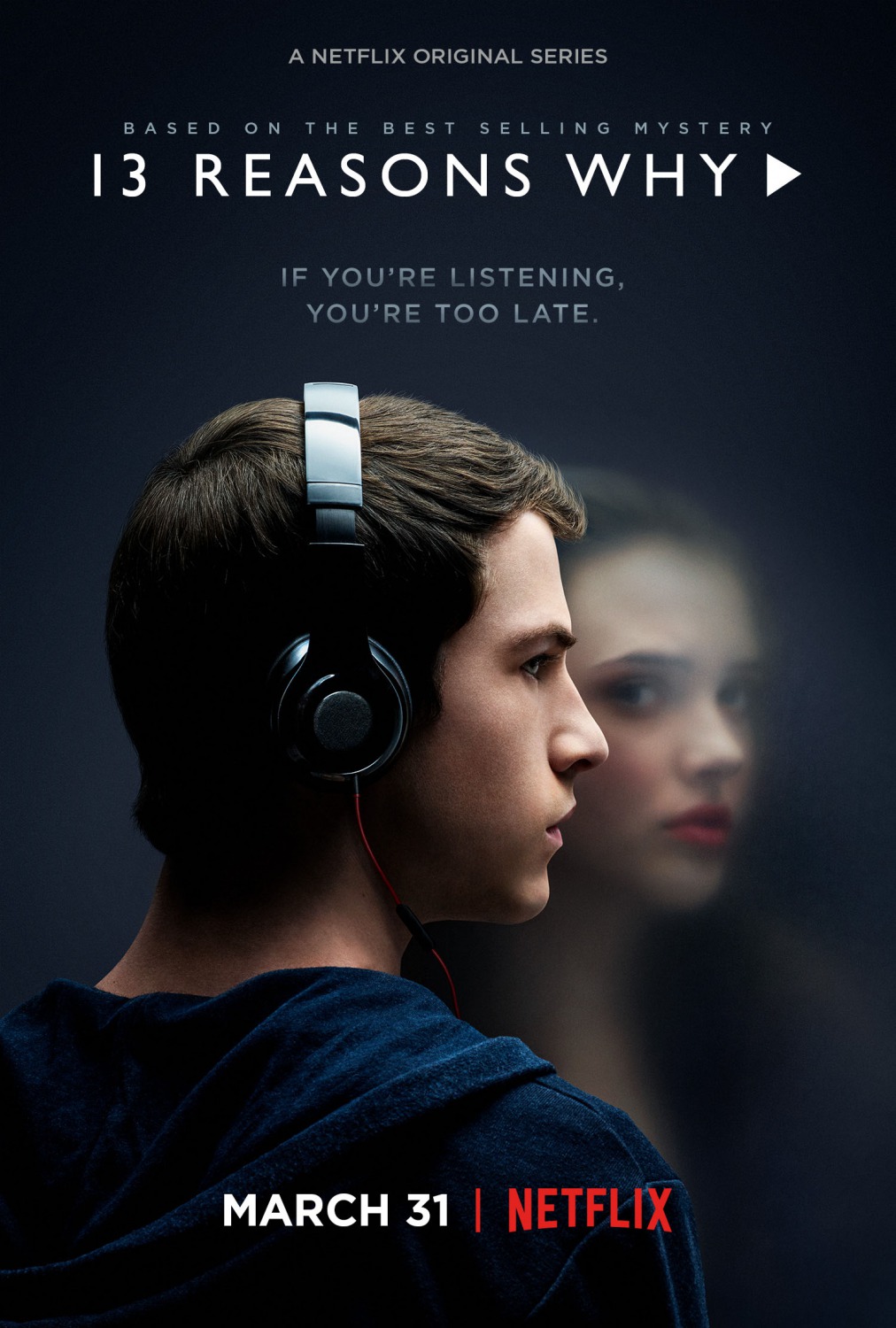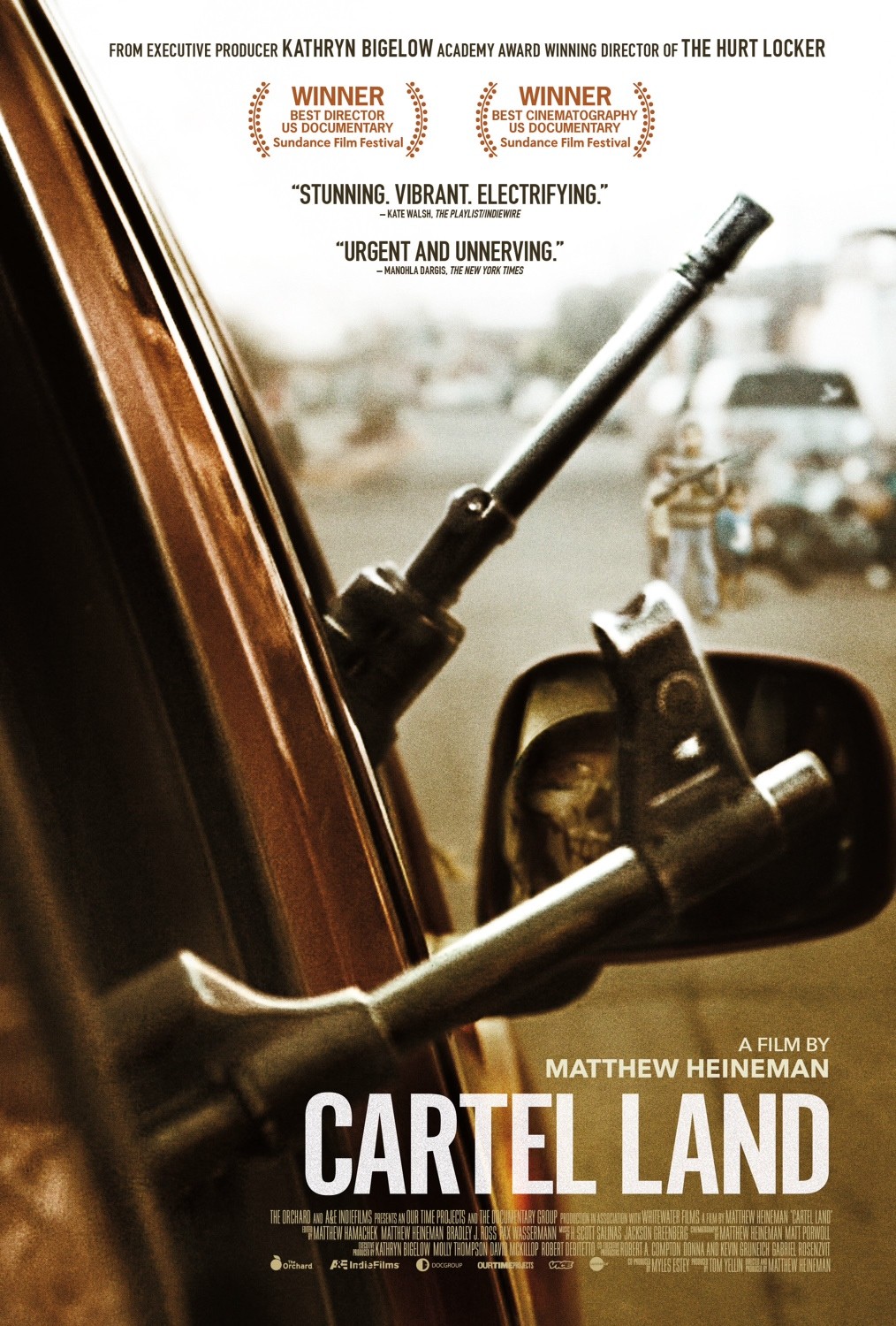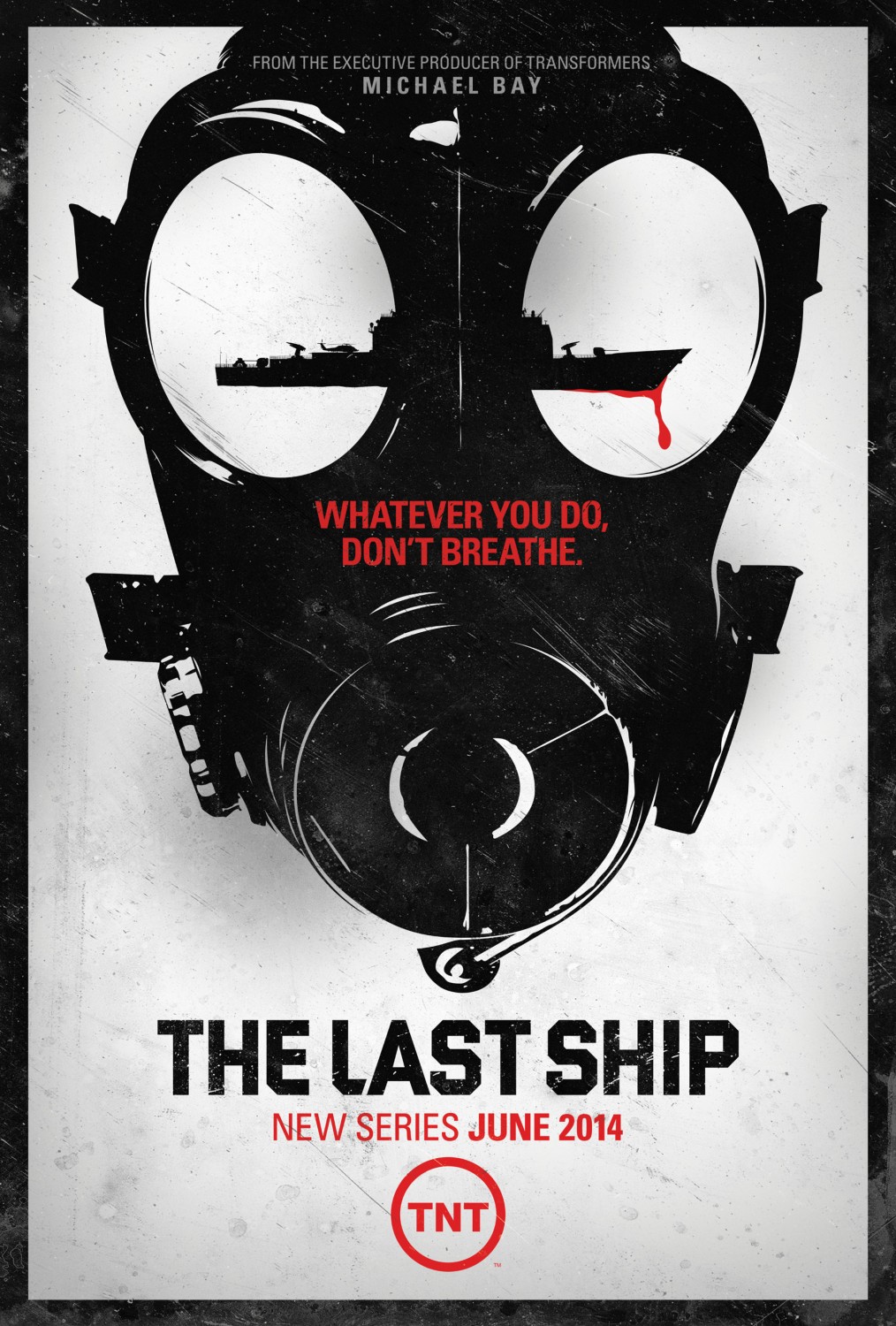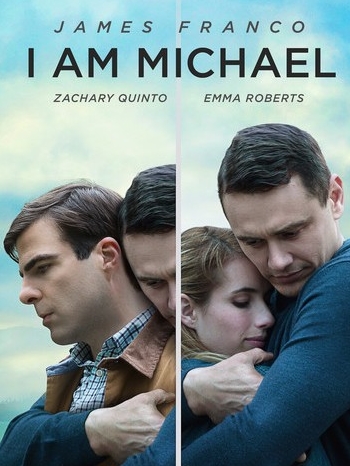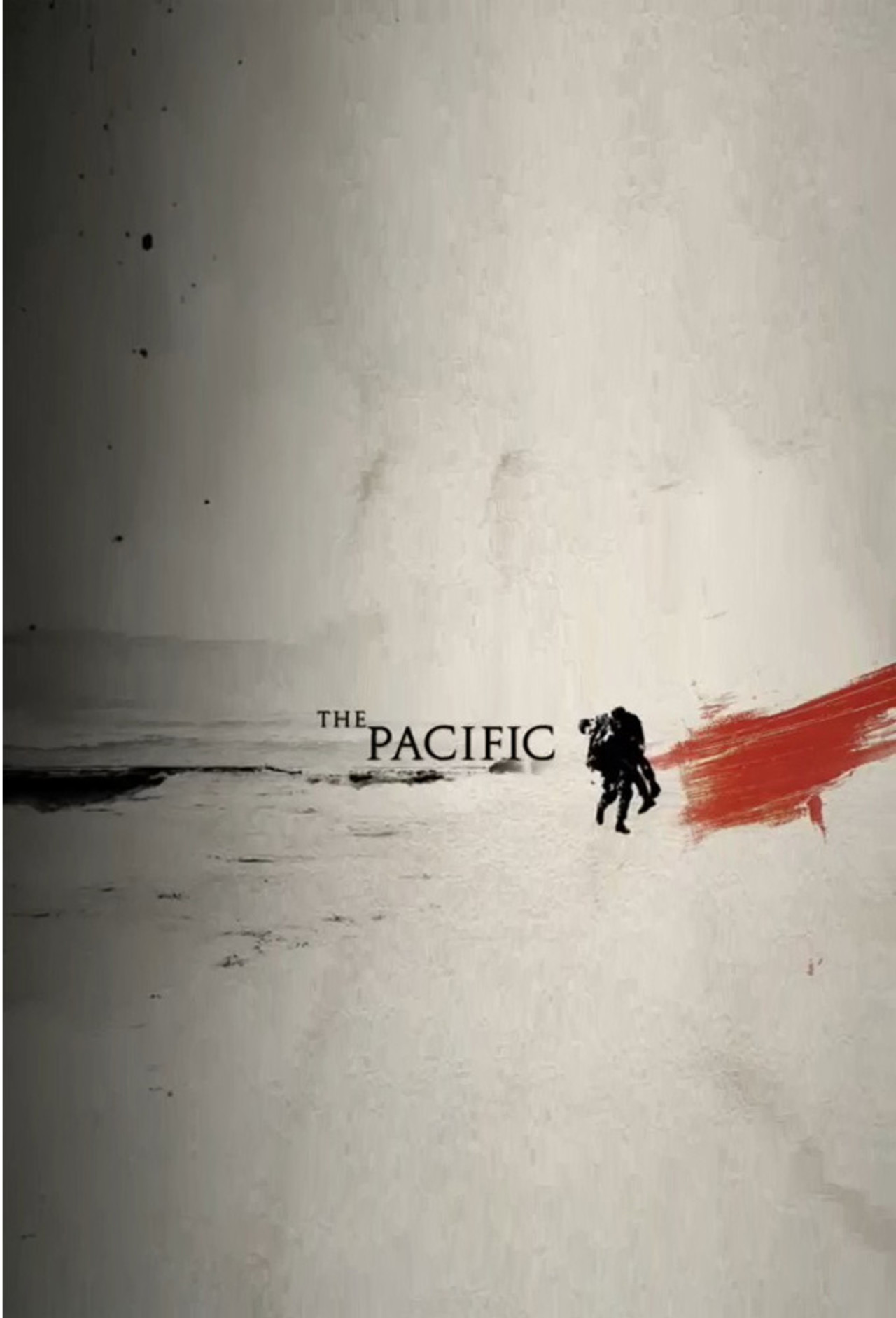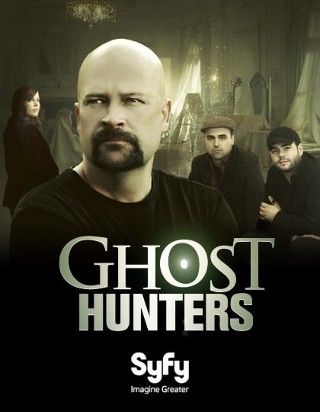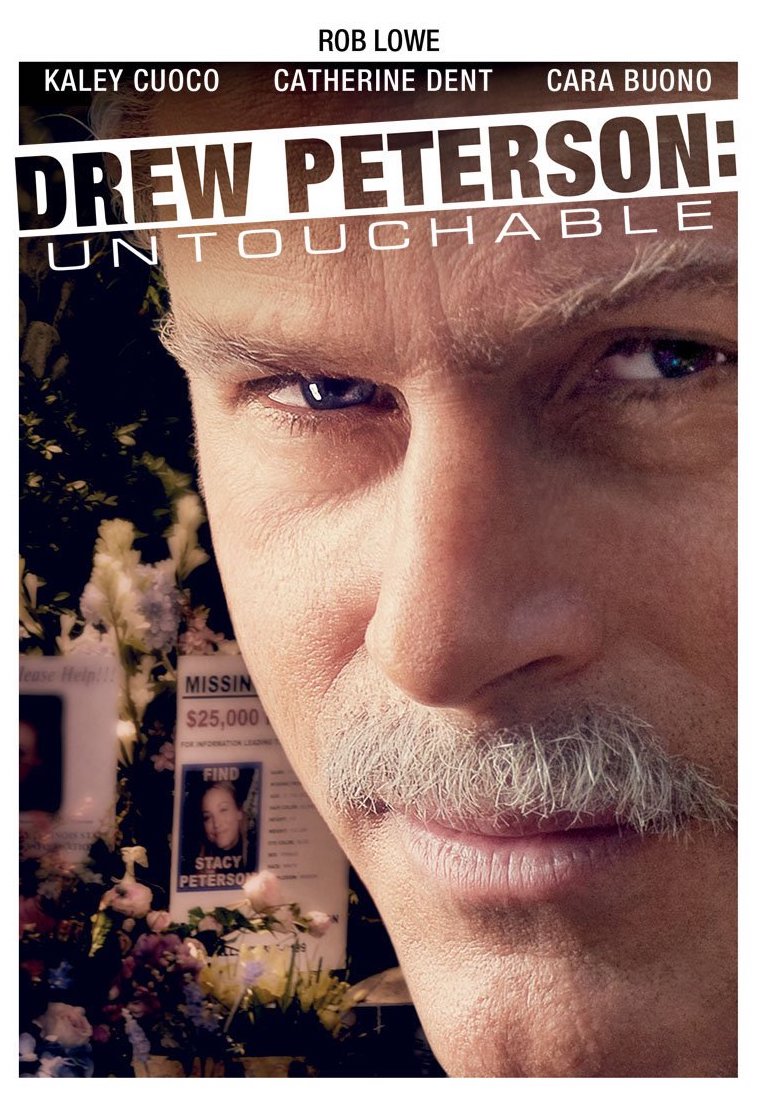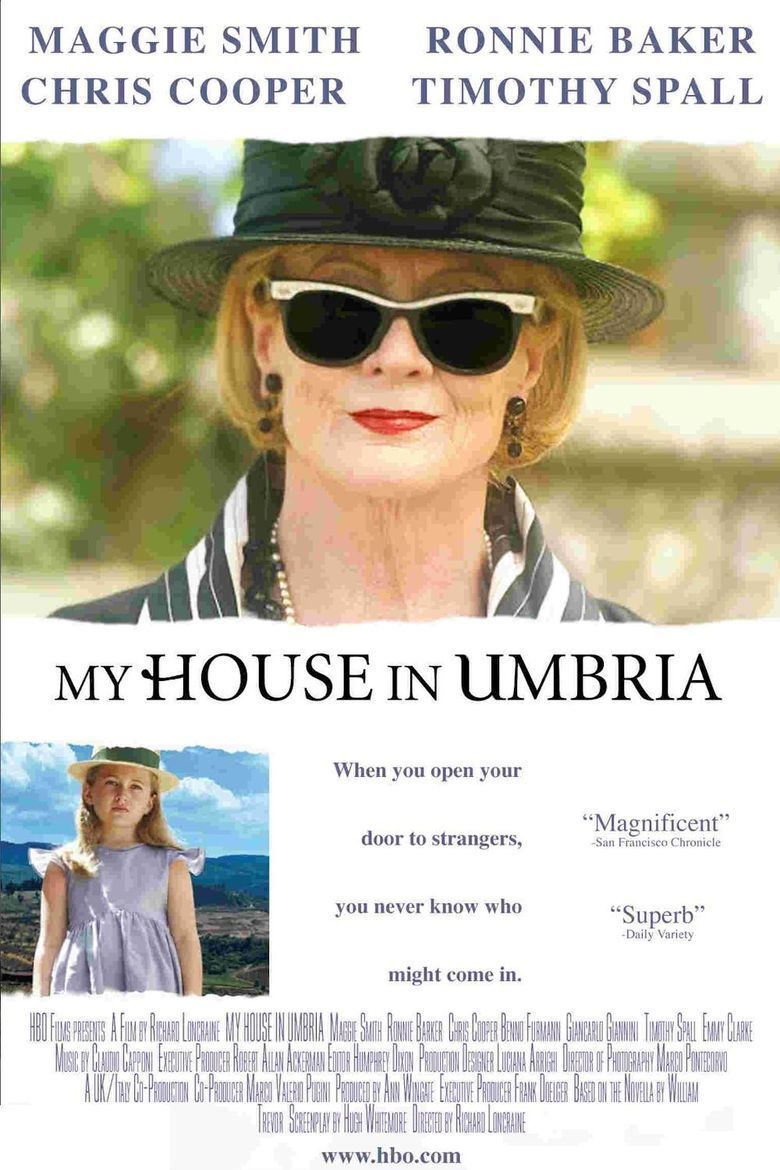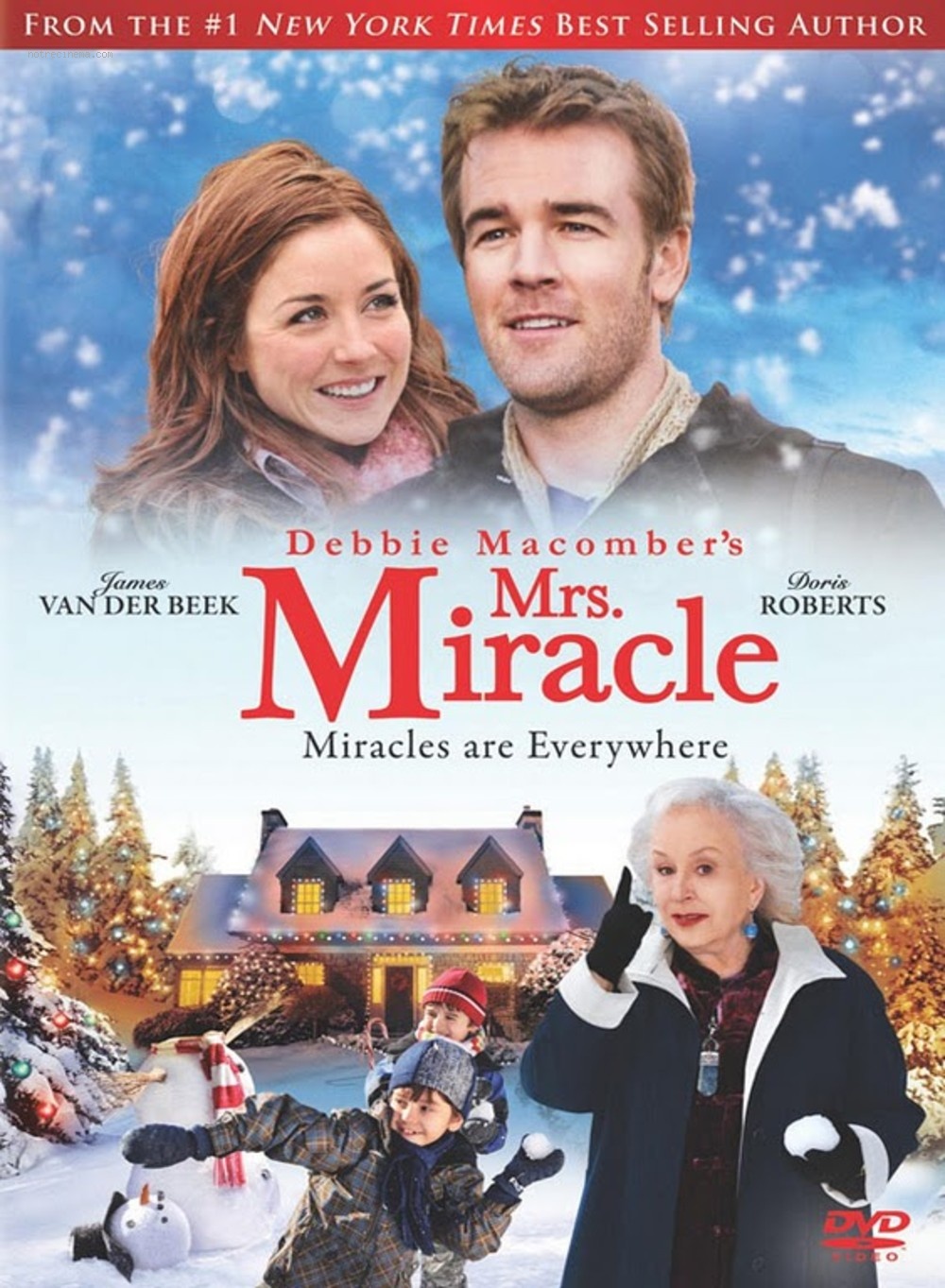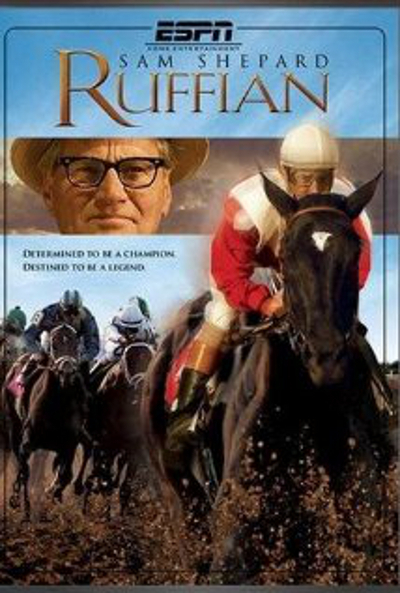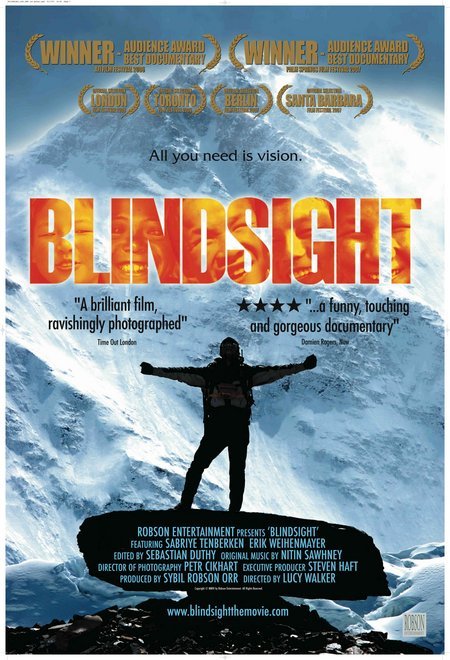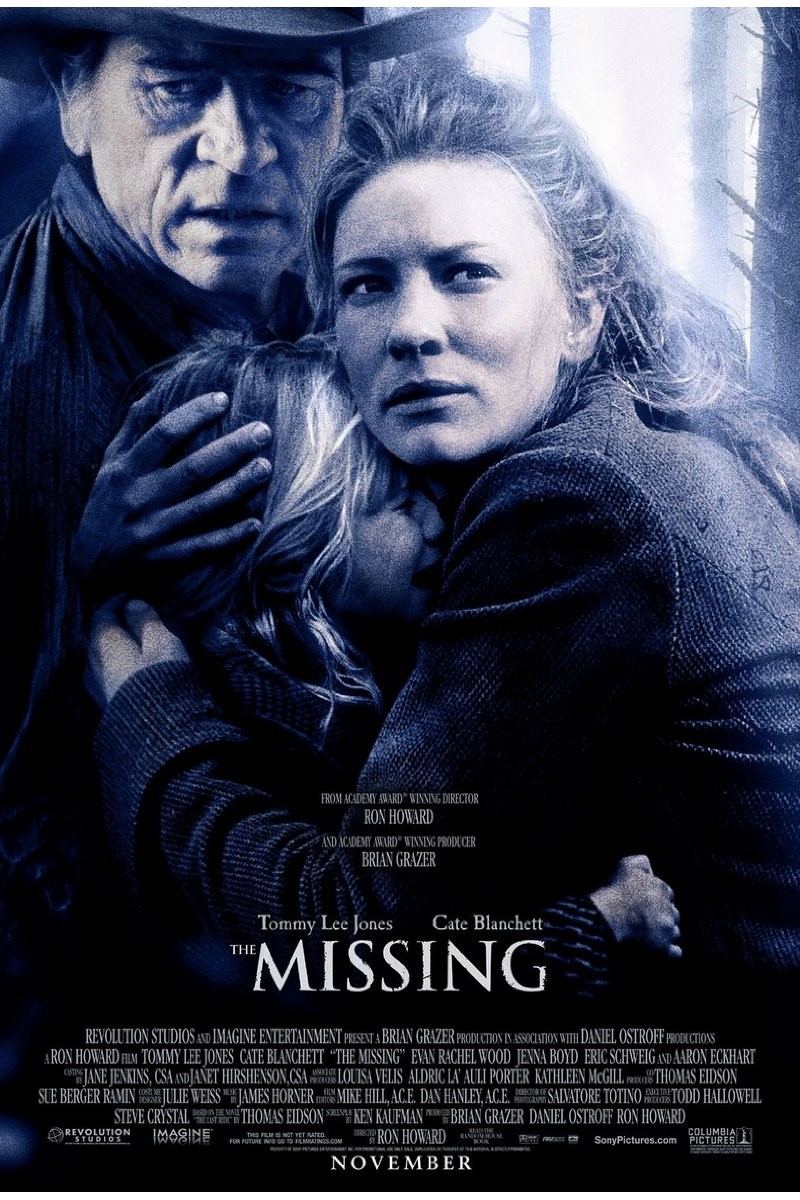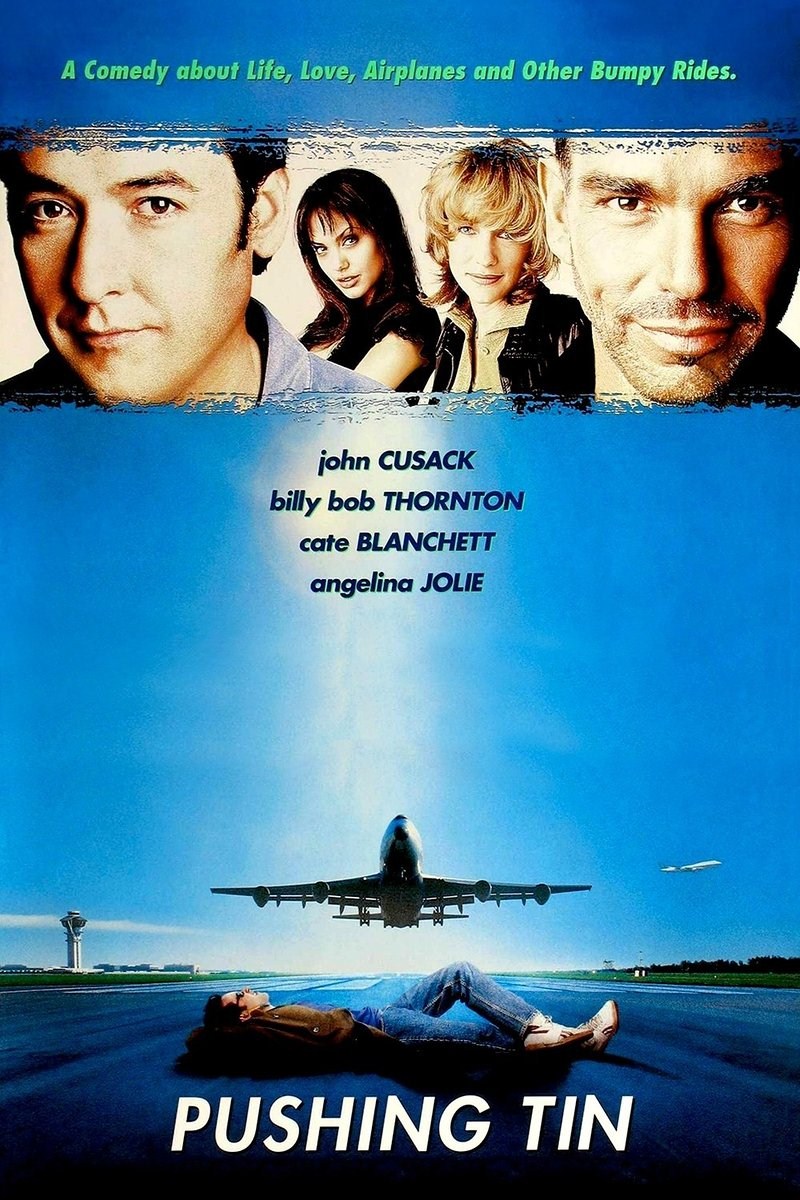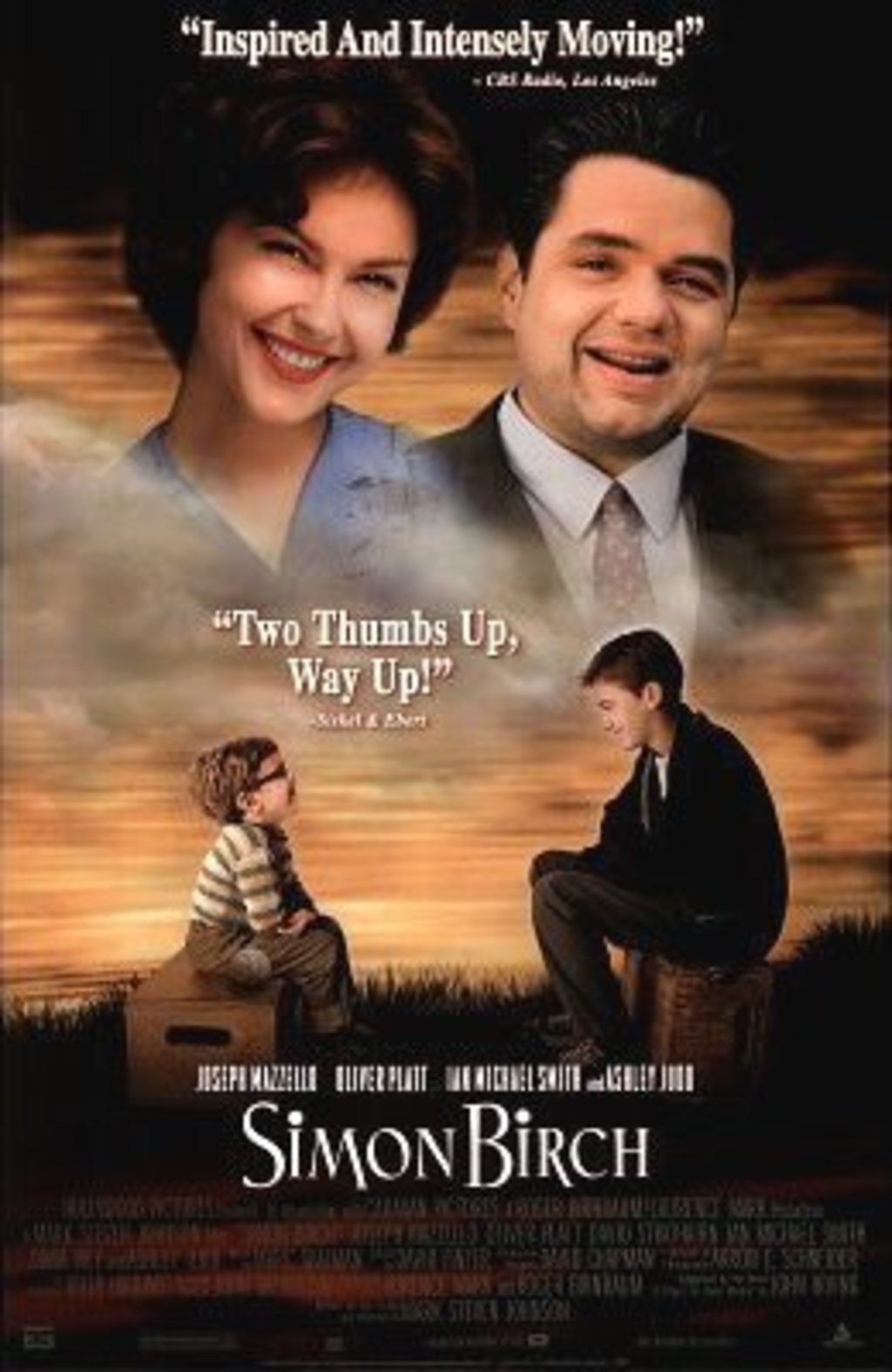Vanity Fair
In The Apprentice, Sebastian Stan and Jeremy Strong Peer Into the Dark Heart of Donald Trump
Before Trump was Trump, he was a young striver taken under the wing of Roy Cohn. The Apprentice dramatizes their sinister bond: “I think of it as a love story, really,” Strong tells Vanity Fair.
After he was cast as Roy Cohn in The Apprentice, Jeremy Strong dove in head first—as he tends to do. The Emmy winner devoured books about the ruthless fixer, watched and read his many colorful interviews, and even listened to raw tapes from a lauded Esquire profile to perfect Cohn’s vocal patterns. He went method on the set—all the better to ad-lib opposite Sebastian Stan’s Donald Trump as the actors traced the nefarious bond that came to shape a city, and maybe a nation. “We did a lot of improvising, which in this case had to be deeply informed,” Strong says. “We had a lot of latitude and freedom to play and take chances.”
All in all, Strong was following his usual process. Yet The Apprentice felt different—unusually difficult to shake off. “I’d go home by myself to the hotel room, and the real-world ramifications of the things that I was espousing and inculcating in Donald Trump really, really shook me,” Strong tells me. “It was a disturbing, upsetting place to be—that heart of darkness.”
Director Ali Abbasi plunges us right into that space in The Apprentice (premiering Monday at the Cannes Film Festival 2024), his provocative examination of the ways Cohn shaped Trump into the infamous politician he would become. But the last thing Abbasi wanted to make was a polemical, election-year warning. The Iranian-born director, best known for critical successes Border and Holy Spider, instead fashioned a gritty, ’70s-New-York-set indie thriller, bringing an outsider’s perspective to iconic—and in many corners, despised—American figures and contextualizing them through a kinetic cinematic lens.
“We wanted to do a punk rock version of a historical movie, which meant that we needed to keep a certain energy, a certain spirit—[not] get too anal about details and what’s right and what’s wrong,” Abbasi says. “America is a country…but it’s also an empire. I was more preoccupied with the empire part of it. For whoever has lived in the Middle East, the whole image of America is someone who meddles and moves peoples and forces and governments around in that region that seems to have unlimited force.”
In other words, America is a lot like Cohn, whom Strong embodies with a brooding, towering menace. Decades after becoming notorious for prosecuting Julius and Ethel Rosenberg—ultimately resulting in their execution—his reputation precedes him. Cohn knows everyone, wins at any cost, bullies his way past any obstacle, and manipulates both the truth and lies as he sees fit. If that sounds a lot like modern-day Trump, well, he had to learn it somewhere.
1970s Trump is far less assured, striving to break out of his father’s shadow and sweatily desperate to mingle in influential circles. When he and Cohn lock eyes for the first time, the film’s score pitches toward high noir. This is fate: theirs, and perhaps, ours. A few scenes later, Cohn has agreed to represent Trump. In real-world terms, it’s hard to overstate the implications of that decision.
“This movie at its core has a Midnight Cowboy arc to it,” Strong says. “I think of it as a love story, really. It’s a chaste love story between a teacher and a pupil—these two men from the boroughs who aspired to Fifth Avenue.” He later considers Cohn within another metaphor: “He’s like a heart-of-darkness heart donor—and the heart got transplanted to Donald Trump.”
Depending on how he chooses to look at it, screenwriter Gabriel Sherman started working on The Apprentice either 20-ish years ago, or around 2017. Sherman, who is now a Vanity Fair special contributor, launched his career as a reporter at the New York Observer in the early 2000s, covering real estate. Trump emerged as a surprisingly reliable source. “It was just amazing that he was supposedly a billionaire, but if I’d call his office, within 10 minutes he would immediately call back,” Sherman tells me.
He continued to cover the man who’d go on to host his own hit TV series, naturally named The Apprentice, up through his defiantly successful presidential campaign. But as Sherman immersed himself in Trumpworld, one particular theme kept coming up in his reporting.
“I kept hearing people who had known Donald since the ’80s say something like, ‘Well, he’s just using all of the things that Roy taught him,’” Sherman says. “All of the phrases: It’s going to be amazing. Believe me. It came to me in a flash.” He wrote a treatment, then script drafts under the supervision of executive producer Amy Baer, but found Hollywood less than eager to jump on a psychologically intense Trump drama so early in his presidency. (In the meantime, Sherman wrote on Showtime’s The Loudest Voice, adapted from his Roger Ailes–focused book of the same name.) So they waited, and pondered the best way to make the movie once its time finally arrived.
“We wanted a non-American director, because non-American filmmakers tend to have an extraordinary lens through which they view American culture,” says Baer, citing Midnight Cowboy as an example. “The first time Ali and I spoke, he cited Stanley Kubrick’s film Barry Lyndon, which I thought was a brilliant and unexpected comp for this movie—a social climber who absorbs the affectations of the people and cultures around him because he himself stands for nothing.”
While writing, Sherman had ’70s New York classics on his mind—Dog Day Afternoon, Taxi Driver, and Network—while Stan says he honed this particular take on Trump through Abbasi’s references to Midnight Cowboy and Boogie Nights. Stan signed on years before financing came together (in a Canadian, Danish, and Irish coproduction). “It was a long, arduous process, and to be honest, I just didn’t know if I could do it,” the actor says. “I just scoured the internet and everything I could find…all around the time period that the movie was taking place. I watched everything.”
Abbasi describes their collaboration as constant and thorough. “We were looking at videos of Donald Trump at different ages, talking about his way of walking, talking, speaking, eating—everything.” Stan’s take on Trump, Sherman says, “feels like the person that I know, and it has nothing to do with the person we see on TV…. It’s such a risky role, and Sebastian is fearless. He just did whatever he had to do to become this person.”
There were a million directions Stan could’ve gone in—and that’s also true for both Strong and Oscar nominee Maria Bakalova, who does savvy work in the film as Trump’s first wife, Ivana Trump. As the SAG-AFTRA strike delayed filming—the production eventually secured an interim agreement with the guild—Bakalova started growing and manicuring huge, long red nails. “I usually don’t really wear a lot of makeup,” she cracks. “This changed my personality!”
“We realized that if we get too close, we’re in Saturday Night Live territory. But if we get too far away, you don’t really feel it,” Abbasi says. They achieved a middle ground by avoiding any biopic gloss: “This is not a movie where people are supposed to look good.” The makeup and hair are meticulous in their glaring imperfections, reinforcing Abbasi’s focus on physical decay and patchwork: “These people are some of the most powerful people in New York society at the time,” says Abbasi. Yet “Roy’s face looks strange, gray, brownish, his eyes are bloodshot, his forehead is shiny. Donald has strange teeth and looks unhealthy.”
Each portrayal has its own curious empathy. Stan charts Trump’s descent into power-driven madness subtly, emphasizing his relative humanity and emotional range before hitting nightmarishly familiar beats later in the film. As he gains influence and emerges as a dominant cultural force, Trump all but abandons Cohn, who’s not-so-secretly dying from HIV-AIDS.
Unlike, say, Al Pacino’s loud, flamboyant take on Cohn in Angels in America, Strong’s approach is mournful. “I’ll say unequivocally that he’s the most fascinating person I’ve ever studied,” Strong says. “I found myself moved by the arc of the character when he got sick. Someone who has lived in denial of so much, suddenly facing the end, and the searing regret and primal pain of that for someone who’s done so much damage. I don’t think he particularly felt much remorse, but he was a person.”
Ivana, meanwhile, acts as the initial wedge between the two men. Bakalova connected with her story, as a headstrong immigrant thrust into a dizzying, at times brutal world of celebrity and wealth. “I wanted to see what she saw in him, why she got impressed by him,” she says. The film doesn’t paint Ivana as a victim, even as it bluntly depicts the darkest moments of her marriage to Trump. “I keep questioning myself: ‘How did she agree to that?’ But maybe she knew what she was stepping into,” Bakalova says. “It’s another side of her being intelligent—somebody that I can, of course, criticize in moments, and also empathize with.”
People think of Trump as this kind of fully formed tabloid figure—they think of the person they see at the rallies giving all these unhinged speeches,” Sherman says. “But the Trump of the ’70s was a very different person. While he was aggressive and he was ambitious, he did not know how to project power the way he does today. We need to understand how people like Cohn and Trump are able to wield power and manipulate the truth and create their own reality through deception. That’s a universal story.”
This is but one answer to the question looming around The Apprentice: Why make a Trump movie, and why now? He’s been sucking the oxygen out of Hollywood for going on a decade; even now, his fraught reelection campaign is moving forward while he stands criminal trial. But both Sherman and Abbasi emphasize they wanted to “strip politics” from their movie, to craft a dark character study that speaks to a larger, darker system of power in the US.
It may be difficult for viewers to remove the political context, especially as the movie teases the Trump phenomenon that will emerge out of this period—the absurdist characters now in his orbit who previously circled Cohn, the now groan-inducing catchphrases packaged over decades. At a press conference on Tuesday, Cannes’s jury president Greta Gerwig was asked about her ability to “objectively” assess the film as an American woman, and said, “I try to come to every film that we see with an open mind and an open heart, and willing to be surprised…. I don’t want to make any assumptions about what it is.”
The filmmakers hope general audiences adopt a similar attitude. There are thorny ideas and bold arguments in The Apprentice that will stick with you. The same goes for the characters, who are simultaneously vile and sad and slightly silly. “I’m a very all-or-nothing kind of person when it comes to the work stuff,” Stan says. “It’s hard for me to go with one foot in and one foot out.”
Stan spent much of production wondering what exact tone they’d land on, given the latitude they had with the script. That spontaneity informed the final product. “The shoot was pretty ride-or-die. It was fast. We didn’t have a lot of money,” Strong says. “You can’t imagine a bigger limb to go out on for either of us. I think we both felt that.”
